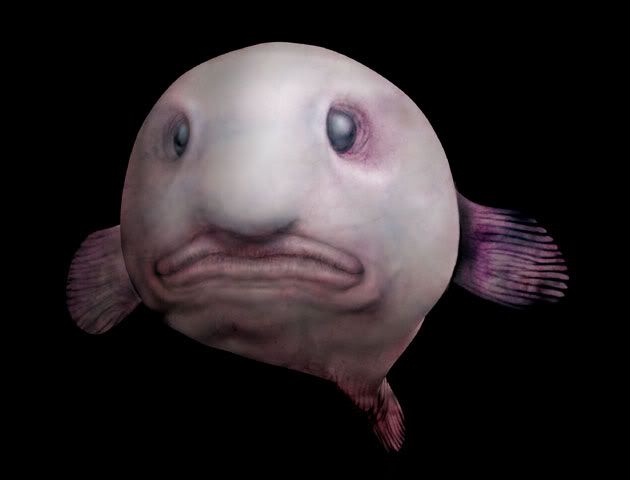Being the insomniac that I am, sitting up at 3 a.m.,bored with the infomercials on TV, I stepped outside for some fresh air. I noticed a few snails were eating the potted lettuces I'd planted a few days before. Not happy!
Then I had a brainwave. If I could build a small electric fence around my vegie patch, my precious lettuces might be saved. I set to work, using my very basic electronics knowledge to build a primitive fence using a 9V battery, some wire and a resistor. I thought my way might be more humane than laying poison and putting the neighbours' pets at risk. I plucked up 5 snails and put them in a plastic container with a wire wrapped around, attached to my device. I waited as they slowly inched outwards. As they gently touched the wire, they felt a zap and backed off. I'd found the answer! Feeling like a mad scientist, I had illusions of becoming a wealthy man overnight with my brilliant idea, or so I thought.
After observing them for about 2 hours, to my amazement, the snails found a way to foil my plan. One snail lined up just beneath the wire, then another climbed onto his shell, stretching over the wire without getting zapped. It was slow going, but I was dumbfounded that a snail could outsmart me.
P/S: i found this very interesting, as my mother is on constant World War with the snails at my home. hahaha. She always asked how come the snails could climb up stems and was mystified by the loss of a precious flower,where she could not understand how a big snail can climb such a thin stretch of stem. :)
By: Hayden Sherwood
Adapted from Reader's Digest May 2012
By: Hayden Sherwood
Adapted from Reader's Digest May 2012











